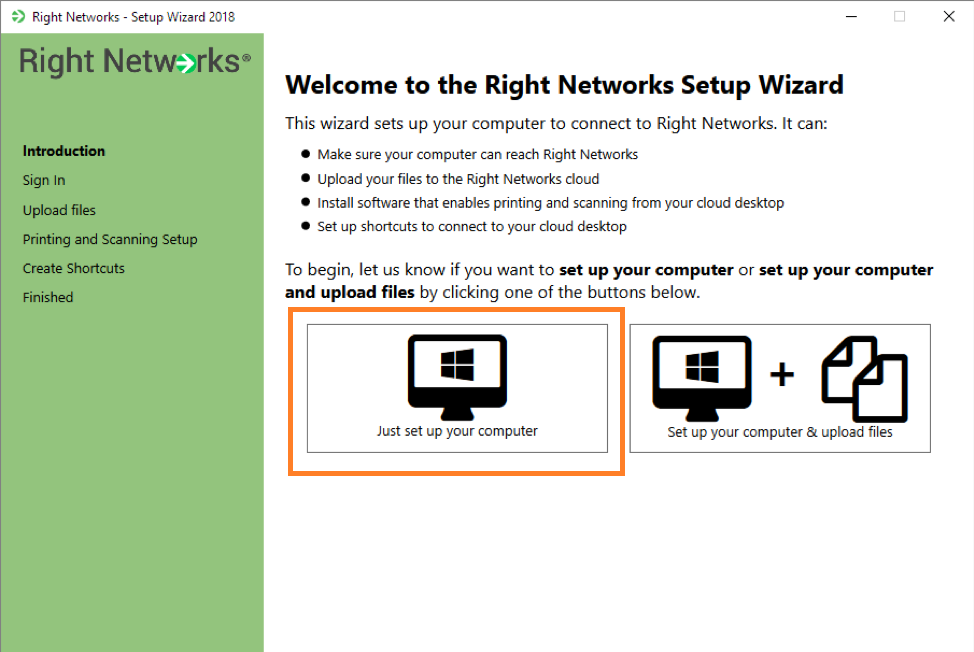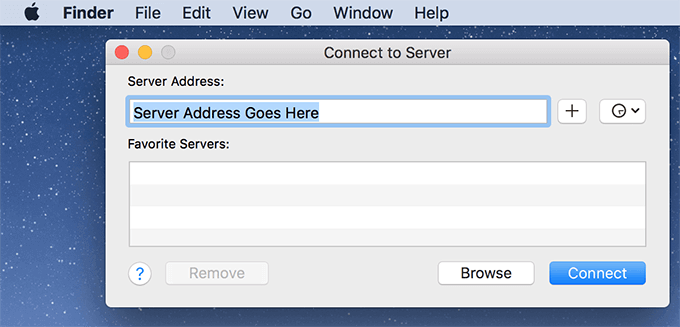Network Connect Mac Download
Make your Mac invincible

When Wi-Fi stops working on a Mac, it can be a nightmare. All of a sudden, you can’t make progress or even start on something without an internet connection.
Most of us take the always-on Wi-Fi connectivity for granted. Even when traveling thousands of miles from home in developing countries, most businesses, homes, and even public spaces are equipped with modems that broadcast wireless internet.

One network for all players Connect with players across all platforms, for all games. Whether you play on PC or console, you'll be part of a global network of Ubisoft players with access to all the same services. Regular updates will provide you with more ways to interact with an ever-growing community. Dec 24, 2020 The Juniper Networks Network Connect is a software package from Juniper Networks that interfaces with its Secure Access hardware and provides a Virtual Private Network (VPN) solution. Onyx mac 10.9.5 download. The Network Connection Was Lost Mac Download; If you recently upgraded to Mac OS X High Sierra (10.13.1), you may not be able to connect to the Internet (over Wi-Fi or Ethernet) including unable to browse web pages or open the App Store.Additionally, your Mac will display “green” in System Preferences and show a connected Wi-Fi signal indicating you have a network connection, however you. In the Finder on your Mac, choose Go Connect to Server. Type the network address for the computer or server in the Server Address field. For information about the correct format for network addresses, see Network address formats and protocols. Select how you want to connect to the Mac.
How to fix Mac won't connect to Wi-Fi
In many respects, Wi-Fi has become a commodity, a necessity for the smooth functioning of business, academia, governments, and the media. Thanks to Wi-Fi, we are more connected than ever before. Our music, emails, and even shopping are dependent upon it.
So if you’ve ever had Wi-Fi connectivity issues on a Mac, you might want to save this article for offline reading, just in case. There are a few ways to these problems.
1. Check your macOS
When Mac users update their operating system, Wi-Fi connectivity can vanish.

At the time of the original version of Catalina, a lot of users found they couldn't connect to Wi-Fi, which made it harder for Apple to release an update that included a patch solving this particular problem. In some cases, users had to download the updated version using a phone as a Personal Hotspot, which caused other problems, such as extra data costs.
Unfortunately, as a result of the recent macOS Big Sur release, some users were experiencing the same problem. You can find step-by-step instructions on how to fix Big Sur Wi-Fi problem (as well as other issues) here.
Turn Wi-Fi on and off
One way to fix this is to switch your Wi-Fi off and back on again. At the same time, it may also be worth changing the name of your home (or office) network and setting a new password, which you can do through your internet provider. If necessary, you should be able to do this through a mobile phone, and then check whether your Mac will connect again.
Network Connect For Mac Download
2. Wi-Fi signal issues

Sometimes it’s Wi-Fi signal causing all the problems. If that’s what you’re suspecting, here are the possible solutions:
Run a speed test and get a better signal
A good way to work out whether the problem is the Mac or Wi-Fi itself is using an analyzer app. To analyze your Wi-Fi network signal strength, use WiFi Explorer or NetSpot.
Connecting your Mac to the Internet: A network connection is used to connect to a network or to the Internet. If you wish to setup a network connection in Ma.
You may find that furniture and walls in your place are blocking or reducing the signal. When you are checking the results, it might be helpful to move your wireless router to a better location or ask if your broadband provider can install a signal booster.
Make WiFi faster on Mac
Juniper Network Connect Mac Download
Download Setapp to enhance your WiFi. Setapp looks into your network issues and gives you apps that can fix them.
Don’t trust public networks
Ensure your personal information is securely protected on public Wi-Fi. While every public network can potentially “read” the data you send and receive, dealing with sensitive information on a public network is a huge risk. To stay safe, control your network connection with Activity Monitor or iStat Menus— perfect for real-time tracking of what’s being sent and received via the network.
To prevent suspicious apps from accessing your data, use TripMode. The app allows activating blocking right from your menu bar. So it’s a one-switch solution that you can use every time your Mac connects to a public network.
Secure your private network
Using your own network is certainly more secure than accessing public ones. But it’s never a risk-free deal. Private or public, there are a few tips that will help you stay safe:
Change the SSID name so that it’s hard to identify the type of router you use.
Solidify encryption. There are several options for Wi-Fi protection, out of which WPA2 is considered one of the most secure.
Use a VPN client. A reliable VPN app like Shimo will help you handle and place restrictions on the network you use. Plus, it has a module for setting multiple connections.
3. Forget your Wi-Fi network
Sometimes you need to let go to reconnect again. That also works for Wi-Fi signals.
Assuming you’ve already tried rebooting your Mac and router, disconnecting entirely is a tried-and-tested solution.
Here are the steps for doing this slightly trickier fix:
- Turn off Airport
- Go to Systems Preferences
- Network > Select Wi-Fi
- Click Advanced
- Select the network you want to disconnect from and click on minus, then agree.
Do that on any other device you can’t connect with, and then start the process to connect to that network, entering the password, and (fingers crossed) you should be connected again.
4. Declutter your Mac
One of the other problems that could be causing connectivity issues is bloat, junk, and clutter. Over time, Macs can get full of things they really don't need to store, such as cache files, email downloads, browser extensions and viruses. All of these slow down and overheat Macs, which could impact your connectivity as well.
Then, use CleanMyMac to clean up your macOS. This app is an effective solution and much-needed antidote to slow Mac performance. You can use it to dig up junk cluttering up Macs, delete unused apps completely, tidy up email folders and attachments, and remove plugins you don't need.
So if you’re wondering how to fix Wi-Fi and you’ve already tried every network-related strategy, it’s probably your Mac’s fault. CleanMyMac X will clear caches, browser extensions, and declutter disks and hard drives so that your Mac is operating at peak performance again. It also includes health monitors, so you can avoid similar issues in the future. Dive into Extensions, Uninstaller, and System Junk modules to clear away whatever can hinder your network connection.
5. Contact your broadband provider
Your broadband provider should have a speed testing function within wireless routers or your customer account portal. Increasing the speed, or switching to a faster provider, could be the solution to Wi-Fi connectivity problems, providing you’ve tried everything else first.

Prepare beforehand
Given you’ve already saved this article for offline reading, it might also be a good idea to download all the apps mentioned above, so you don’t have to use your phone’s data when the Wi-Fi crisis hit, which, hopefully, it never will.